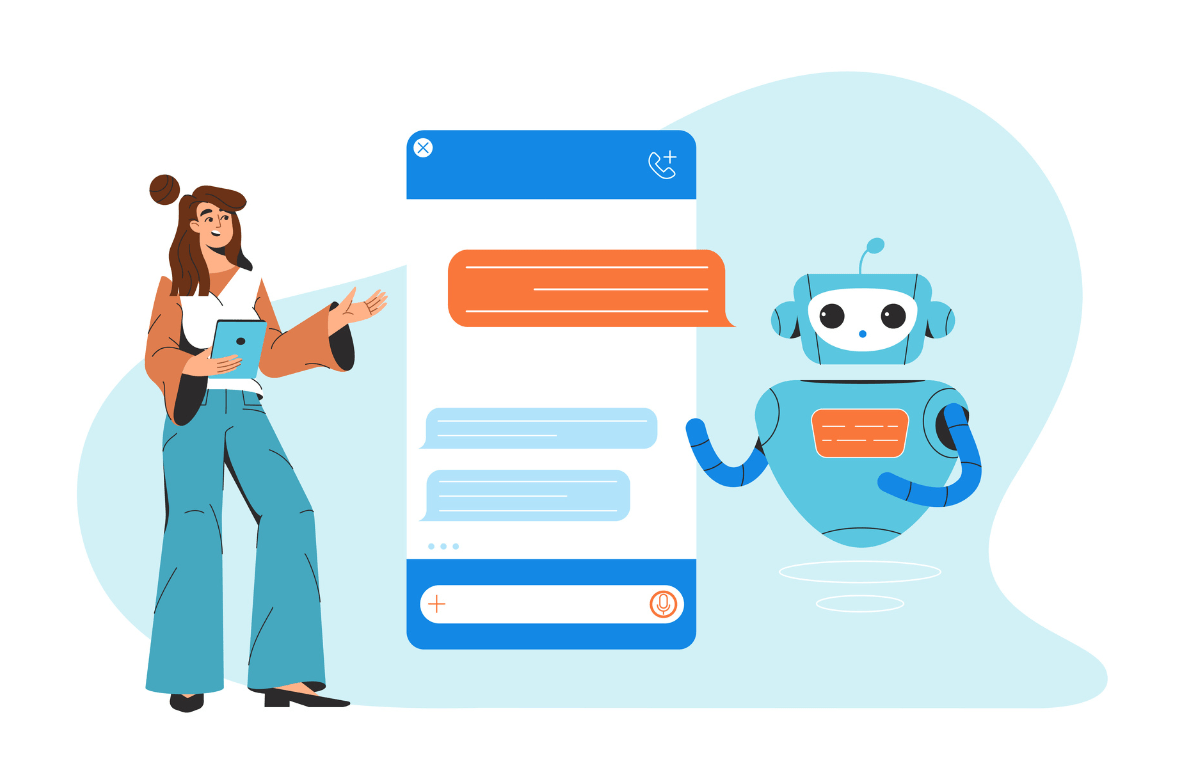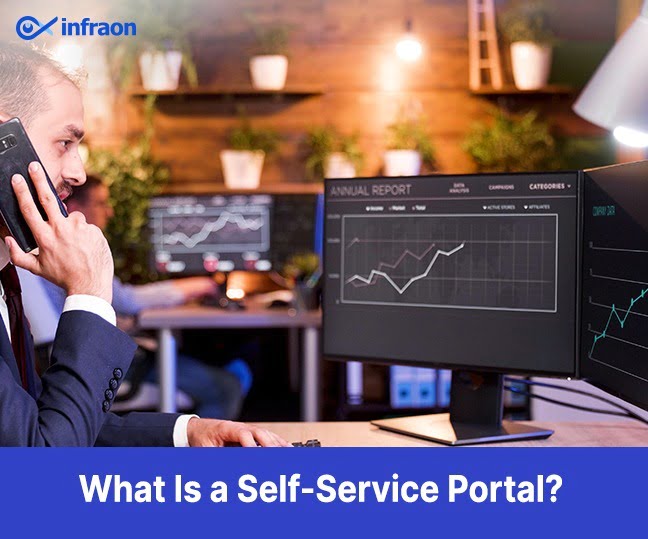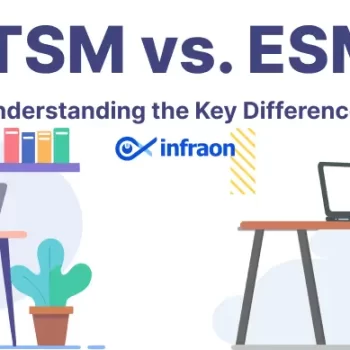In the modern digital world, technology is advancing at a rapid rate. Businesses and organizations are constantly looking for ways to improve their customer service, reduce costs, and increase efficiency. One of the most exciting new developments in the IT industry is the use of conversational bots, also known as chatbots. These bots are capable of providing customers with automated responses to basic inquiries, freeing up human resources for more complex tasks. In this article, we’ll be taking a look at the future of IT self-service conversational bots and their potential to revolutionize the way businesses interact with their customers.
Related article: What is Service Knowledge Management System (SKMS) in ITIL
What are IT self-service conversational bots?
IT self-service conversational bots are automated programs that leverage artificial intelligence to provide customer service and support services. These bots are designed to simulate natural language conversations with customers, allowing them to ask questions, get answers and solve problems quickly and easily. They offer a personalized, interactive experience that is both convenient and efficient.
The main goal of IT self-service conversational bots is to reduce the burden on customer service representatives by automating simple, repetitive tasks. This can include answering FAQs, providing access to knowledge bases, helping with onboarding, and more. By providing customers with a more efficient way of getting the information they need, IT self-service conversational bots can help improve customer satisfaction and reduce costs. In addition to providing customer service, IT self-service conversational bots can also be used to automate other business processes. For instance, you can use them to help with employee onboarding, provide data analysis, and more. By leveraging AI, these bots can provide accurate and timely insights to help businesses improve their operations and make more informed decisions.
Why are they important to the future of IT?
IT self-service conversational bots are an essential part of the future of IT because they provide a way for businesses to provide better customer service and improve the efficiency of their IT operations. By using natural language processing (NLP) and artificial intelligence (AI), IT self-service conversational bots can understand customer queries, provide immediate answers, and even take action on requests.
Using IT self-service conversational bots can help reduce the need for manual support, saving companies time and money. Additionally, companies can use these bots to quickly respond to customer queries, as opposed to waiting for a human agent to respond. It helps to provide an improved customer experience, which is essential for customer retention.
IT self-service conversational bots can also be used to automate IT processes, such as provisioning, patching, and monitoring. By automating these processes, companies can save time and money while also reducing the risk of human error.
Essentially, IT self-service conversational bots are an important part of the future of IT because they can improve customer service, automate IT processes, and reduce costs. As AI and NLP technologies continue to advance, these bots will become even more powerful and helpful to businesses.
Benefits of IT Self-Service Conversational Bots
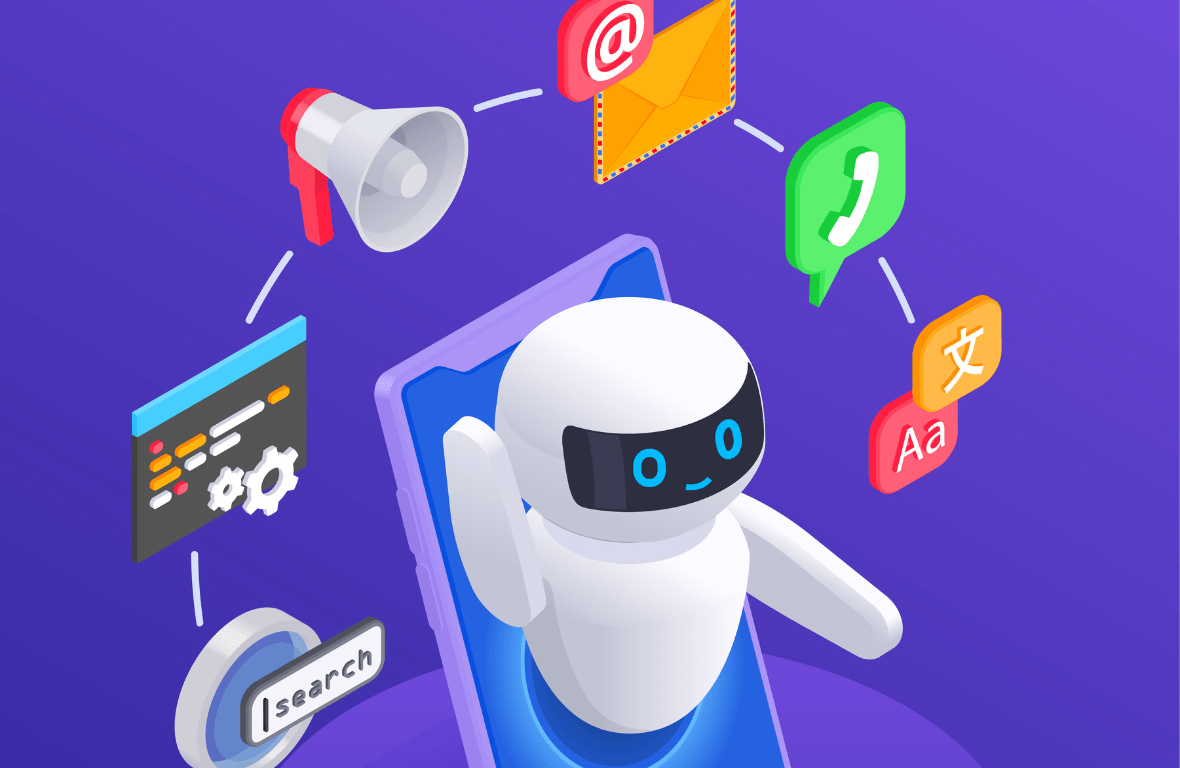
IT self-service conversational bots have the potential to revolutionize the way we interact with technology. By providing an automated, conversational interface, these bots can reduce the need for human intervention, freeing up resources for more complex tasks. Additionally, they can provide more accurate and timely information to users and a more personalized experience.
Improved customer service
A significant benefit of IT self-service conversational bots is their ability to increase customer satisfaction. By being able to answer frequently asked questions quickly and accurately, they can reduce customer wait times and provide a more efficient customer service experience. Additionally, these bots can be tailored to a company’s specific needs, allowing them to provide a more personalized experience.
Increased efficiency and productivity
Another benefit of IT self-service conversational bots is their ability to increase employee productivity. By reducing the need for manual intervention and providing users with more accurate and timely information, these bots can reduce the amount of time employees spend on routine and tedious tasks. This can free up employees’ time for more complex tasks and allow them to focus on critical tasks.
Reduced costs
Finally, IT self-service conversational bots can help reduce costs. Time is money, and using conversational bots helps provide users with all the information they need with human intervention. They cut down time spent on customer inquiries and enable companies to have a leaner customer service team, reducing the amount of money spent on customer service. It can help companies save money and increase their bottom line.
IT self-service conversational bots can provide several benefits to businesses. By providing an automated, conversational interface, these bots can reduce the need for manual intervention, provide more accurate and timely information to users, and increase customer satisfaction. Additionally, they can help reduce costs and increase employee productivity. All of these benefits can help businesses improve their efficiency and profitability. However, implementing IT self-service chatbots is not without its challenges.
Challenges of implementing IT Self-Service Conversational Bots
While IT self-service conversational bots can be a great asset to businesses, they also come with a unique set of challenges.
Language understanding
One of the main challenges of IT self-service conversational bots is the ability to interpret and understand natural language. Natural language processing (NLP) technology has improved significantly in recent years, but it still has a long way to go in terms of accurately understanding the nuances of conversation.
Knowledge Base
Another challenge is the knowledge base of the system. A conversational bot needs to have access to a comprehensive database of information to answer questions accurately and provide helpful advice. It can be a time-consuming task, as the knowledge base must be constantly updated and expanded to remain effective.
Engagement
A third challenge is engaging the user in a meaningful conversation. Conversational bots need to be able to keep the user’s attention and maintain an engaging dialogue. It requires the bot to be able to understand the user’s input and respond with appropriate follow-up questions and comments.
Personalization
Finally, a conversational bot needs to be able to personalize the experience for each user, i.e., the bot needs to be able to capture user preferences and tailor the conversation accordingly. It can be challenging as it requires the bot to be able to track user behavior over time and adjust its responses accordingly.
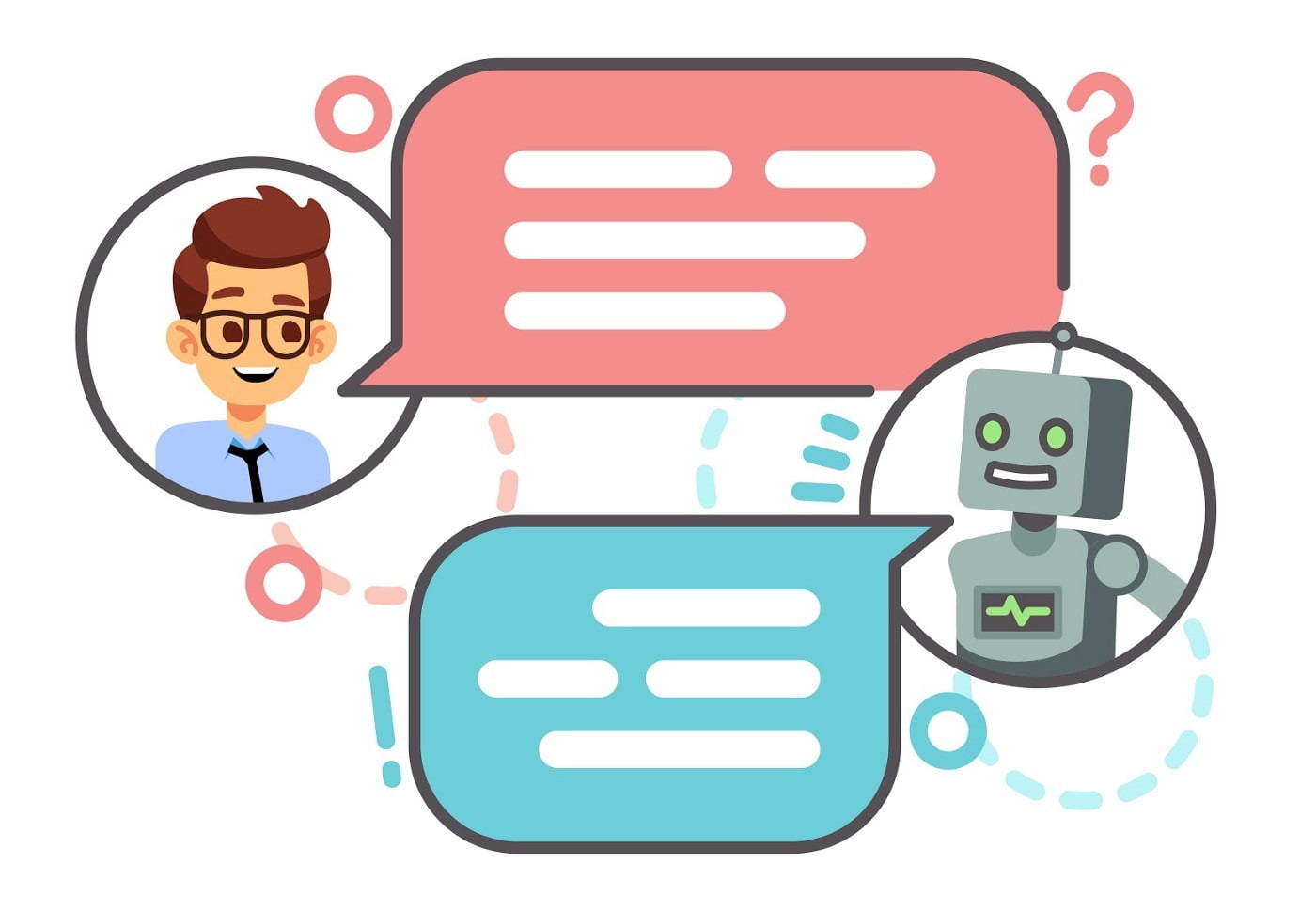
Need for human oversight
One of the biggest challenges is the need for human oversight. While bots can quickly respond to simple customer queries, they still lack the ability to understand complex customer needs. They may also have difficulty empathizing with customers or resolving more complicated customer complaints.
For these reasons, businesses need human oversight when implementing IT self-service conversational bots. It can be done by having customer service representatives available to provide assistance when needed. Additionally, companies should regularly monitor their bots to ensure that they are responding to customer queries as intended and that they are providing accurate and helpful information.
Types of IT Self-Service Conversational Bots
We can broadly classify the available chatbots by their functions.
- Virtual assistants assist users with common tasks, such as scheduling appointments, answering frequently asked questions, and providing information about products or services.
- Ticketing bots help users submit and track service requests, such as IT support tickets. They can also provide status updates and troubleshoot common issues.
- Knowledge base bots provide users with access to a company’s knowledge base, which can include information on products, services, and troubleshooting.
- Chatbots provide customer service through text-based conversations. They can help users with account-related tasks, such as password resets, and can also provide product and service information.
- AI-driven bots use advanced artificial intelligence and machine learning algorithms to understand and respond to user input. They can be used for more complex tasks, such as providing personalized product recommendations or identifying and resolving technical issues.
- Hybrid bots are a combination of above mentioned types of bots; they use a combination of rule-based and AI-driven approaches to understand and respond to user input. They can also be integrated with other technologies such as RPA, CRM, and analytics to provide more accurate and efficient service.
Related Article: What is Self-Service Portal?
Conclusion
IT self-service conversational bots are becoming increasingly important in providing customer service. These bots offer a more personable and efficient customer service experience than traditional methods, such as phone calls or email. They use AI and NLP to understand customer questions and provide answers, reducing the time needed to wait for customer service. They also reduce the need for customer service staff, resulting in cost savings.
The potential of IT self-service conversational bots is enormous, and they will likely play an increasingly important role in the future of IT. As artificial intelligence and machine learning capabilities continue to improve, these bots will become more capable of providing personalized, automated support to users. Ultimately, this could lead to increased efficiency and cost savings while also improving user satisfaction.
